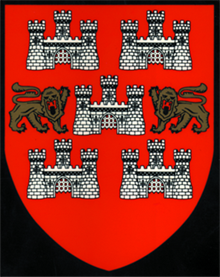
WS 1 Winchester in the Early Middle Ages: an edition and discussion of the Winton Domesday
Martin Biddle (ed.) (Oxford, 1976)
London and Winchester were not described in the Domesday Book, but the royal properties in Winchester were surveyed for Henry I about 1110 and the whole city was surveyed for Bishop Henry of Blois in 1148. These two surveys survive in a single manuscript, known as the Winton Domesday, and constitute the earliest and by far the most detailed description of an English or European town of the early Middle Ages. In the period covered Winchester probably achieved the peak of its medieval prosperity. From the reign of Alfred to that of Henry II it was a town of the first rank, initially centre of Wessex, then the principal royal city of the Old English state, and finally `capital’ in some sense, but not the largest city, of the Norman Kingdom. This volume provides a full edition, translation, and analyses of the surveys and of the city they depict, drawing on the evidence derived from archaeological excavation and historical research in the city since 1961, on personal- and place-name evidence, and on the recent advances in Anglo-Saxon numismatics.
Reviews
‘This book opens the definitive record of one of the greatest triumphs in urban archaeology: a triumph due … to the masterly way in which the whole operation, spread over many years, has been conducted.’
Sir Walter Oakeshott, The Antiquaries Journal (1980)
‘It is roses, roses, all the way … forming in the, for once justified, words of the blurb, “an unparalleled account of one of the principal European cities of the eleventh and twelfth centuries”.’
Prof. R.A. Brown, Economic History Review (1977)
